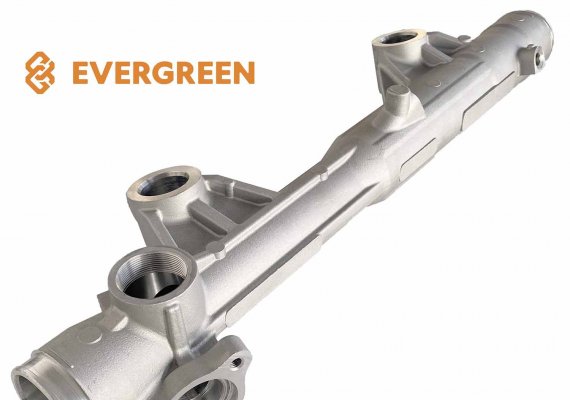1. Aluminum alloy die casting
Advantages: lightweight, wear resistance, corrosion resistance, good elasticity, excellent impact resistance, good processing, and 100% recyclability, etc., have gradually become the favorite material of automobile companies. Ford recently demonstrated a lightweight technology verification vehicle based on Fusion/Mondeo developed in cooperation with the U.S. Department of Energy. Due to the use of a large amount of aluminum alloy, the car is 363 kg lighter than the standard Mondeo, reducing weight by about 25%. . Part or all of the bodies of Land Rover Range Rover SUVs, Volkswagen Audi A8, Mercedes-Benz CLA, and General Chevrolet Corvette sports cars are made of aluminum. In terms of new energy vehicles, the Tesla Model S has an all-aluminum body, and most of its front and rear suspension materials are also made of aluminum.
Disadvantages: The load-bearing capacity of aluminum alloy is far from that of steel. Therefore, even for cars with all-aluminum bodies on the market, their chassis generally still use steel materials. Moreover, the preparation process of aluminum alloy is complicated and the cost is relatively high. At present, the models that use aluminum alloys are often mid-to-high-end cars.


2. Magnesium alloy die castings
Advantages: Magnesium alloy is a lightweight structural material in engineering applications, and it is also a member of lightweight materials for automobiles. The density of pure magnesium is only 2/3 that of aluminum and 1/4 that of steel, which is close to the density of engineering plastics. Moreover, the specific strength of magnesium alloy is higher than that of aluminum alloy and steel. Therefore, without reducing the strength of the parts, the weight of magnesium alloy castings is about 25% less than that of aluminum castings. In addition, magnesium alloys have good welding and casting properties, good vibration and shock absorption properties, good sag resistance, and easy machining.
Disadvantages: Due to the high price and high-temperature creep resistance problems that have not been effectively solved, magnesium alloys are currently mainly used in instrument panel bases, fan frames, steering wheel shafts, lamp brackets, and other auto parts.


Like this page? Share it with your friends!


